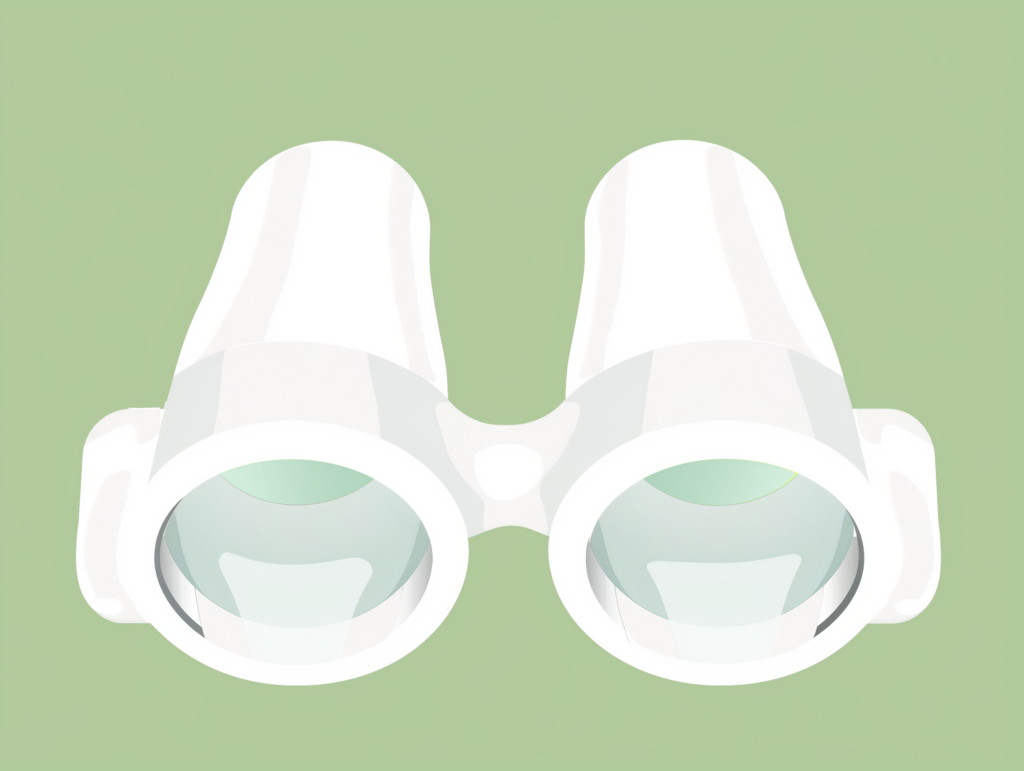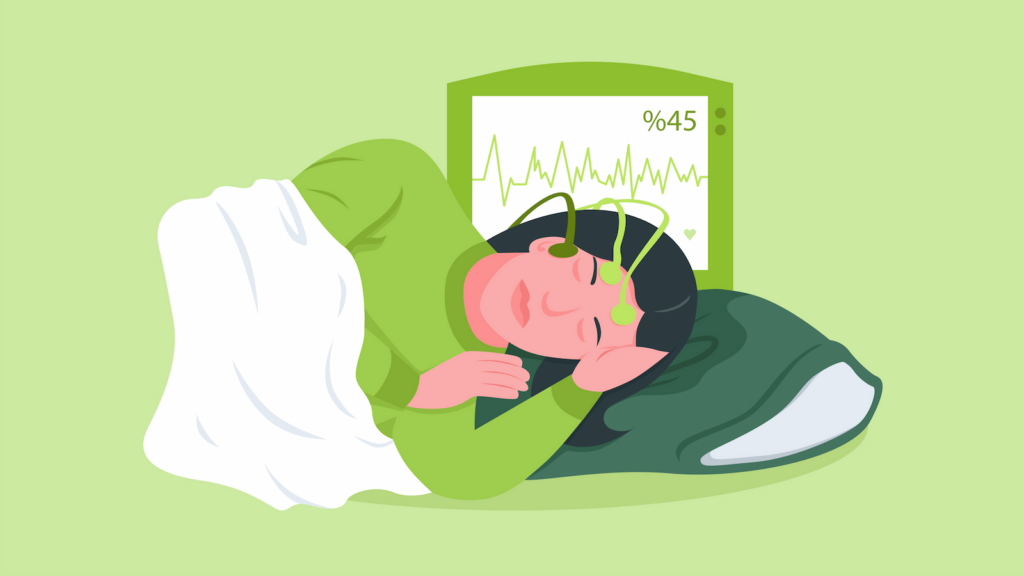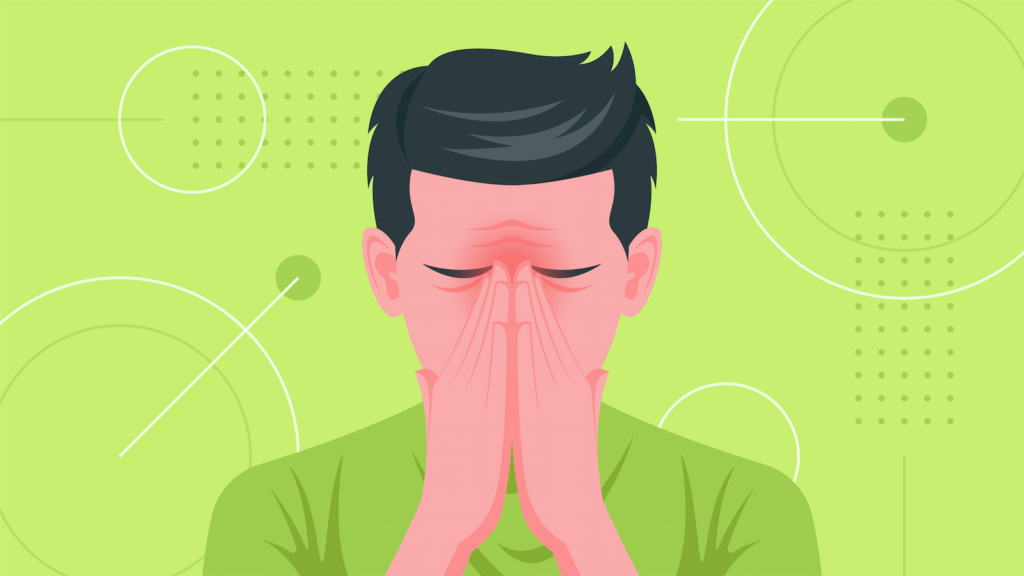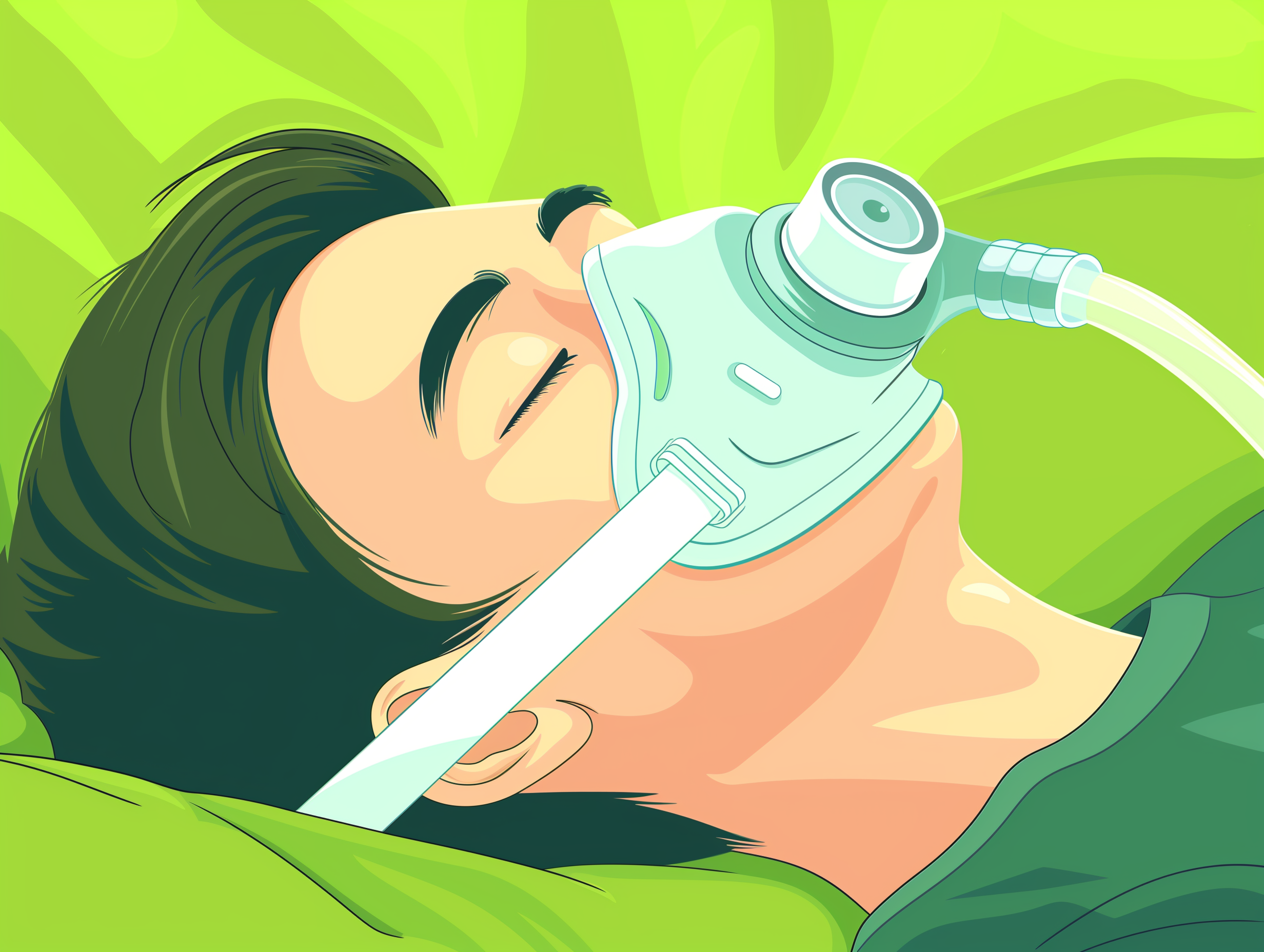If you have obstructive sleep apnea (OSA), you may be wondering about your treatment options.
Two standard therapies to treat obstructive sleep apnea are CPAP and EPAP.
EPAP stands for expiratory positive airway pressure. CPAP stands for continuous positive airway pressure.
Both EPAP and CPAP can help keep your airway open while you sleep. This can reduce snoring and improve your sleep quality. But, there are some critical differences between these two therapies.
In this article, we’ll take a closer look at EPAP and CPAP. We’ll explain how each one works and compare their benefits and drawbacks. We’ll also discuss who might be a good candidate for each therapy.
Finally, we’ll explore some other treatment options for OSA.
By the end of this article, you’ll better understand your choices. You can then work with your doctor to find the best treatment plan for you.
Let’s get started!
Understanding Obstructive Sleep Apnea (OSA)
Obstructive sleep apnea (OSA) is a common sleep disorder. It happens when your airway gets blocked or narrowed while you sleep.
This can cause you to stop breathing for short periods during the night.
OSA affects many adults, with numbers estimated to be far lower than the actual counts due to a lack of awareness, lack of diagnosis, or lack of access to medical care.
Some things can make OSA more likely:
- Being overweight
- Getting older
- Having certain facial features like a small jaw or large tongue
- Smoking or drinking alcohol

If OSA isn’t treated, it can lead to health problems over time. These include:
- High blood pressure
- Heart disease
- Stroke
- Depression
- Accidents due to daytime sleepiness
The good news is there are treatments for OSA. These can help you breathe better at night and feel more rested during the day.
How CPAP Therapy Works
While there is more complexity to the overall process—including at-home or in-lab sleep studies, prescriptions with specific pressure settings, and choice of mask design to name a few considerations—CPAP therapy works by pushing air into your airway using a pump connected to a mask.
This stops your airways from collapsing and ensures you don’t have apnea episodes—periods when you stop breathing—during your sleep.
It’s currently the gold standard for treating sleep apnea and there’s a good chance you’ve seen or heard of CPAP machines before.
But they’re not the only option.
NOTE: For more on the specifics of how CPAP therapy works, be sure to consult our guide on the topic.
How EPAP Therapy Works
EPAP therapy is often viewed as a CPAP alternative and uses a small device to help keep your airway open while you sleep. The device fits over or just inside your nostrils and has two one-way valves.
To use an EPAP device:
- Peel off the backing from the adhesive strip.
- Position the device over your nostrils.
- Press down gently to create a seal.
Make sure your nose is clean and dry before applying the device. This will help it stick better adhesive models or help to avoid soiling for devices inserted into the nostrils.
When you breathe in, the valves open to let air flow normally.
When you breathe out, the valves close.
This creates resistance and pressure in your airway. The pressure helps keep your throat muscles from relaxing and blocking your airway.

EPAP devices are small and lightweight. Many people find them more comfortable than CPAP masks.
They are also quiet and don’t require electricity. This can make them easier to use, especially when travelling.
Clinical Efficacy of EPAP Therapy
While CPAP treatment is still considered the gold standard, recent studies have shown that EPAP therapy can be an effective treatment for OSA. One key benefit is reducing breathing lapses during sleep.
In a clinical trial, EPAP devices significantly decreased the number of apneas—pauses in breathing—and hypopneas—periods of shallow breathing—per hour. Reducing these events can help improve sleep quality and reduce OSA symptoms.
EPAP therapy has also been found to decrease nighttime awakenings.

EPAP devices can help people with OSA stay asleep longer without interruptions by keeping the airway open.
The result is more restful, restorative sleep.
While more research is still needed, the available evidence suggests that EPAP can be a viable option for many people with mild to moderate OSA.
Comparing CPAP and EPAP Therapies
CPAP therapy is a standard treatment for OSA. It uses a machine to deliver constant air pressure through a mask while you sleep. This keeps your airway open and prevents it from collapsing.
While effective, some people find it challenging to use CPAP treatment regularly. Common issues include:
- Discomfort from the mask
- Dry nose or dry mouth
- Sore throat
- Skin irritation
- Feeling claustrophobic
- Difficulty tolerating the air pressure
These challenges can make it hard to stick with CPAP therapy in the long term and are leading reasons people stop using their machines prematurely.
EPAP devices offer a possible alternative. They are smaller, lighter, and less intrusive than CPAP machines.
Many people find them more comfortable to wear throughout the night.
Other potential benefits of EPAP include:
- Portability for travel
- No electricity needed
- Quieter than CPAP
- Easy to clean and maintain
However, a nasal EPAP device may not be suitable for everyone with OSA.
It works best for mild to moderate cases. It’s also completely ineffective if you tend to keep your mouth open during sleep or breathe through your mouth—though a chinstrap can help with this in some cases.
More research is still needed to compare the long-term effectiveness of EPAP and CPAP directly. However, for some patients, EPAP could be a good option.
Ideal Candidates For EPAP Therapy And Its Limitations
While EPAP therapy can be effective for many people with OSA, it’s not the right choice for everyone. Several factors can influence whether EPAP is a good fit for you.
OSA Severity
EPAP devices work best for people with mild to moderate OSA. This means having an apnea-hypopnea index (AHI) of less than 30 events per hour.
If your OSA is severe, with an AHI over 30, CPAP or other positive pressure treatments may be more appropriate.
Comfort and Ease of Use
For some people, the simplicity and comfort of EPAP devices are a significant draw.
If you’ve struggled with the discomfort or inconvenience of CPAP therapy, EPAP might be worth considering.

However, it’s important to remember that no treatment is perfect.
Some people may still experience issues with EPAP, such as nasal irritation or difficulty breathing through the nose.
Underlying Health Conditions
Certain health conditions can make EPAP less suitable.
For example, if you have central sleep apnea (CSA), EPAP may not be effective.
CSA involves breathing disruptions originating in the brain rather than physical airway obstruction.
Other conditions like chronic obstructive pulmonary disease (COPD) or heart failure may also require different treatment approaches.
Exploring Other Alternatives to CPAP and EPAP Therapies
While CPAP and EPAP are common treatments for OSA, they may not work for everyone. Luckily, there are other options to consider. These include:
Oral Appliances
Oral appliances look like mouthguards.
They work by moving your lower jaw and tongue forward. This helps keep your airway open while you sleep.
Dentists or orthodontists can custom-fit an oral appliance for you. Many people find them more comfortable and easier to use than CPAP masks.
Oral appliances work best for mild to moderate OSA. They may not be effective for severe cases.
Lifestyle Changes
Making specific lifestyle changes can also help manage OSA symptoms. These include:
- Losing weight if you are overweight
- Avoiding alcohol and sedatives before bed
- Quitting smoking
- Sleeping on your side instead of your back

While lifestyle changes alone may not cure OSA, they can improve overall health and sleep quality and make other treatments more effective.
Surgery
In some cases, surgery may be recommended to treat OSA. Surgical options include:
- Removing excess tissue from the throat (UPPP)
- Repositioning the jaw (MMA)
- Creating a new air passageway (tracheostomy)
Surgery is usually only considered if other treatments haven’t worked or aren’t an option.
It carries risks and requires a longer recovery time.
The best treatment for you will depend on your OSA severity, overall health, and personal preferences.
Work closely with your doctor to weigh the pros and cons of each option.
FAQs Related to Comparing CPAP and EPAP
Is EPAP as effective as CPAP?
While EPAP has shown some promise in treating mild to moderate OSA, more research is needed to directly compare its long-term effectiveness with CPAP.
CPAP remains the gold standard treatment, especially for severe cases.
Is the EPAP FDA-approved?
Yes, several brands of EPAP devices have received FDA approval for the treatment of obstructive sleep apnea (OSA).
However, it’s crucial to use these devices as directed and under the guidance of a healthcare professional.
Can lifestyle changes cure sleep apnea?
While lifestyle modifications like losing weight, avoiding alcohol, and quitting smoking can significantly improve OSA symptoms, they may not cure the condition entirely.
For the best results, lifestyle changes are usually combined with other treatments, such as CPAP or EPAP therapy.
Can CPAP and EPAP be used together?
No. Since both require you to wear them on your face or nose, they can’t be used at the same time.
However, if you’re having trouble adjusting the CPAP therapy and have tried options to improve mask comfort and sleep better with your CPAP therapy, you might consider asking your doctor about EPAP as an alternative solution.
Conclusion
Navigating the world of sleep apnea treatments can feel overwhelming.
But by understanding how therapies like EPAP and CPAP work, you’re now better equipped to make informed decisions about your care.
We’ve explored the details of EPAP therapy, from how the devices function to their potential benefits and limitations.
We’ve also compared EPAP to CPAP, the most common treatment for OSA.
It’s important to remember that the right therapy for you will depend on factors like the severity of your OSA, your overall health, and your personal preferences.
What works well for one person may not be the best fit for another.
That’s why working closely with your doctor when exploring treatment options is crucial.
They can help you weigh the pros and cons of each therapy and make a personalized recommendation.
If you’re considering EPAP or CPAP therapy, partnering with an experienced supplier like CPAPSupply.ca is also a good idea.
We can provide expert guidance on choosing and using your equipment and ongoing support to help you stay on track with your treatment.
With the right knowledge, resources, and support, you can take control of your sleep apnea and enjoy better health and quality of life.
Don’t hesitate to reach out for help on your journey to better sleep.

